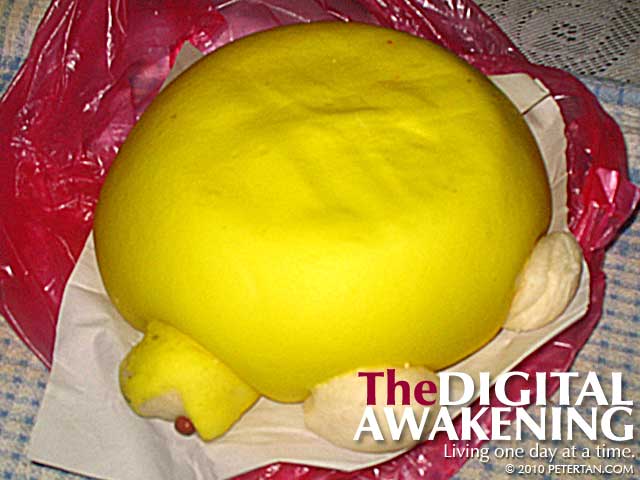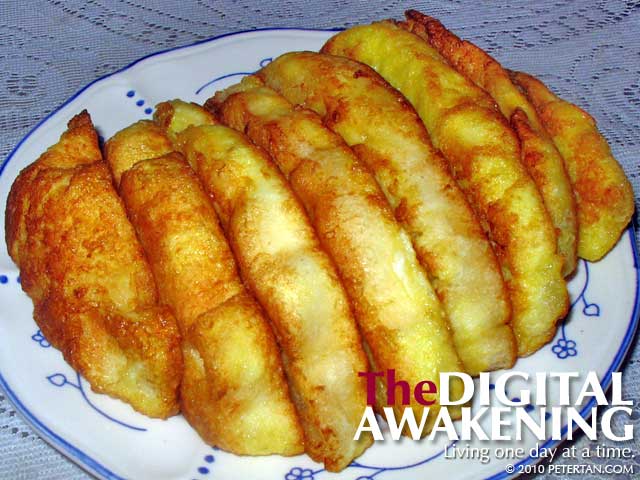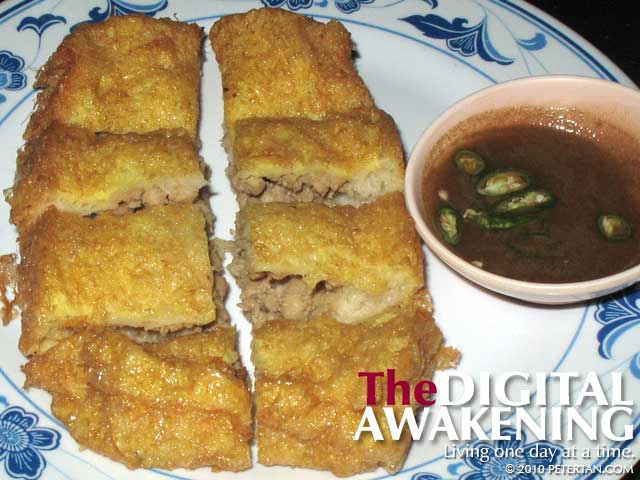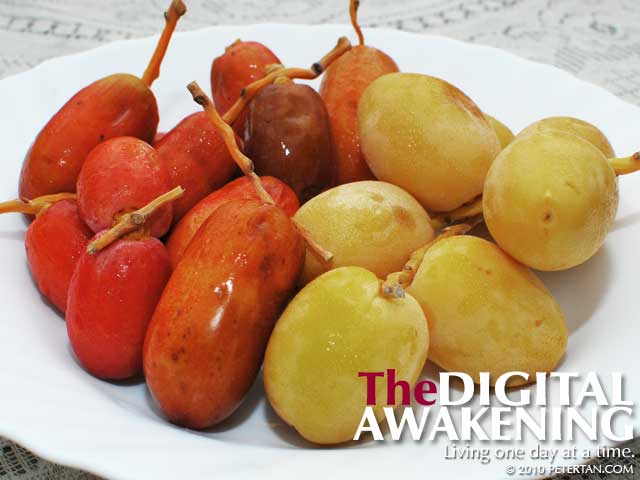My neighbours in Taman Pekaka celebrated the birthday of the “latuk kong” (resident deity) last Thursday. Worshippers who contributed to the festival were each given a goodie bag of fruits, two mee koo (tortoise buns) and a box of nasi kunyit (steamed turmeric glutinous rice) with curry chicken. They gave me one bag too when I dropped in to collect some things from the apartment.

Mee koo – tortoise bun.
Wuan and I ate the nasi kunyit and fruits when we got back to the hotel but decided to take the mee koo back to Kuala Lumpur. The mee koo is basically a bun made into the shape of a tortoise with a head, legs and tail. It is used as an offering to deities during festivals. They are also given out during birthday celebrations of elderly people.
Pink mee koo are more common as the colour signifies auspiciousness while the tortoise shape represents longevity. On the same note, yellow is also an auspicious colour. It is a matter of preference of the deity who will inform the worshippers through a medium during a trance. Halal nasi kunyit with either chicken or mutton curry is predominantly an offering for latuk kongs.
The mee koo can be eaten just like that when fresh. Alternatively, it can be coated with beaten eggs and made into toasts. I also like them with a generous dollop of butter hot from the steamer. Wuan turned the mee koo into toasts for breakfast this morning. This is the recipe she used:

Mee koo toasts – tortoise bun toasts.
Mee Koo Toasts Recipe
1 tortoise bun
2 eggs, beaten
Cooking oil, for frying
Pepper, to taste (optional)
Peel the skin off the mee koo. If the skin is stuck fast, steam for 10 minutes and it will come off easily. Cut into 3/4″ thick slices. Heat oil in pan. Coat generously with egg. Fry in low heat until golden brown. Serves two.


